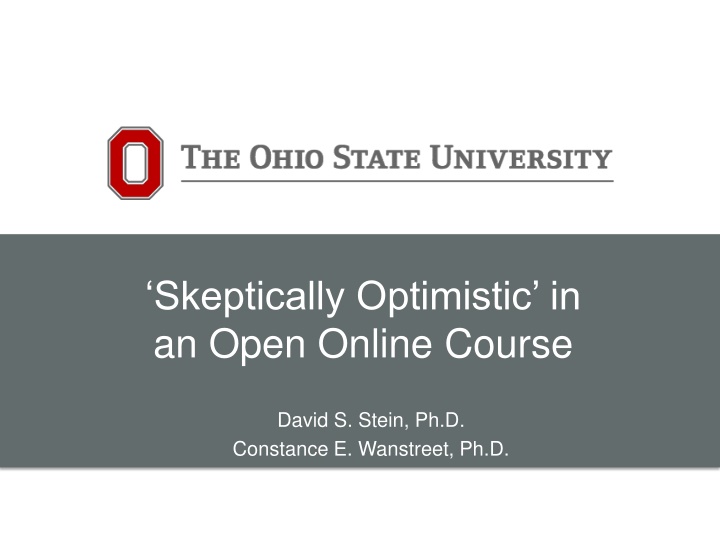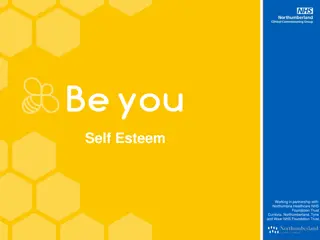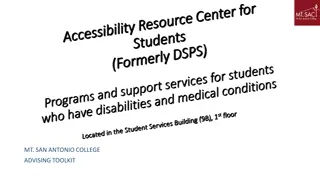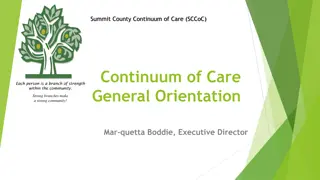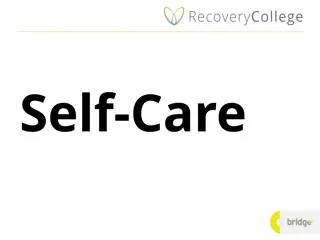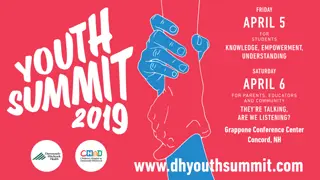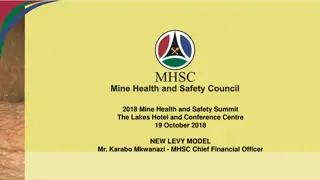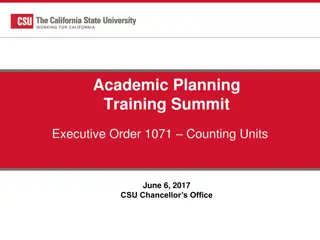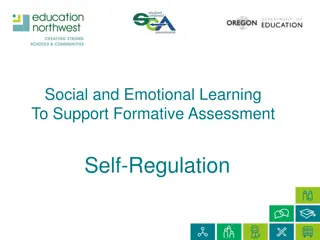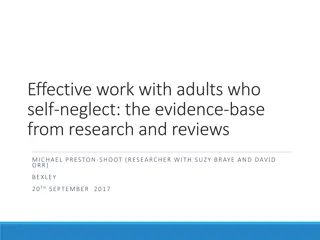Developing Self-Support Programs at Academic Planning Summit
This content showcases the process of developing self-support programs at the Academic Planning Summit held on June 6, 2017, by the CSU Chancellor's Office. It includes information on EO 1099 guidelines, self-support program proposal criteria, and adding self-support counterparts to existing programs.
Download Presentation

Please find below an Image/Link to download the presentation.
The content on the website is provided AS IS for your information and personal use only. It may not be sold, licensed, or shared on other websites without obtaining consent from the author.If you encounter any issues during the download, it is possible that the publisher has removed the file from their server.
You are allowed to download the files provided on this website for personal or commercial use, subject to the condition that they are used lawfully. All files are the property of their respective owners.
The content on the website is provided AS IS for your information and personal use only. It may not be sold, licensed, or shared on other websites without obtaining consent from the author.
E N D
Presentation Transcript
Skeptically Optimistic in an Open Online Course David S. Stein, Ph.D. Constance E. Wanstreet, Ph.D.
I [had] a lot of skepticism towards being able to teach online . . . [and] develop the same sort of meaningful relationships with my students online. Boot Camp participant 2
Boot Camp for Beginning Online Instructors Create favorable attitude Self-paced Asynchronous 20-hours/five days Quick-start guide 3
Boot Camp features Videos from experienced GTAs E-book for guidance Challenges to simulate online classroom Desire2Learn and iTunesU versions http://go.osu.edu/OnlineInstructor 4
Desktop version Daily challenges Readings Videos 5
Designed around five challenges Making the transition to online teaching Building online spaces for learning Preparing your students for online learning Managing and facilitating the online classroom Assessing learner outcomes 6
How do skeptical but hopeful GTAs learn to teach online? 7
Portable Pedagogy No more fixed locations iPads, iPhones, everyday technology Use visual, aural, and textual features to create/express learning Internet access to: Materials Resources Other learners Instructor 8
Activity system elements Tools Use LMS tools Participants Articulate roles Social Practices Identify types of interaction Learning Community Identify ways to engage Outcome Facilitate parts of a course Stein, D. S., & Wanstreet, C. E. (2011). Teaching in the future: A blueprint for faculty development. In S. D Agustino (Ed.), Adaptation, resistance and access to instructional technologies: Assessing future trends in education (pp. 445-459). Hershey, PA: IGI Global. 9
Tools Facilitate a course using the LMS Describe when to use discussions Describe when to provide feedback Distinguish between when to use a dropbox or a discussion board Demonstrate how to use news items Demonstrate how to use admin tools (i.e., gradebook, email) 10
Using email as an admin tool 11
Participants Articulate roles of faculty and students Assess readiness to teach Describe how to manage time and establish relationships Prepare students for the experience Direct students to technical help Compose welcome and expectations messages 12
Welcome message 13
Social Practices Identify different types of interaction Learner-learner Learner-instructor Learner-content Learner-interface Recognize what type of interaction is appropriate when Describe how to facilitate various types of interaction 14
Learning Community Identify different ways to engage Articulate differences: Collaboration Cooperation Individual knowledge acquisition 16
Fostering community over coffee 17
Outcome Facilitate various parts of an online or hybrid course 18
Assess outcomes 19
Did it work? I have confidence to teach online: 100% I can use online tools: 100% I can get to know my students as well online as in person: 75% I can connect well with my students: 67% (N=52) 20
Through the readings, activities, and the videos from experienced online instructors, I have a better sense of the opportunities of online teaching, whereas before I saw mostly limitations. I have gained comfort with the prospect of teaching online. Boot Camp participant 21
Reflections opened up new tools and concepts probably the best way to prepare enhanced my desire to make sure my students feel connected refined my understanding of online teaching 22
Engagement Multiple opportunities to give back Relate Apply what they learn to their own courses Create Complete learning activities Donate Share their learning with others (Kearsley, G., & Schneiderman, B. (1997). Engagement theory: A framework for technology-based teaching and learning. Educational Technology, 38(5), 20-23. 23
Contact us David Stein, stein.1@osu.edu Connie Wanstreet, wanstreet.2@osu.edu iTunes U: http://go.osu.edu/OnlineInstructor 24
